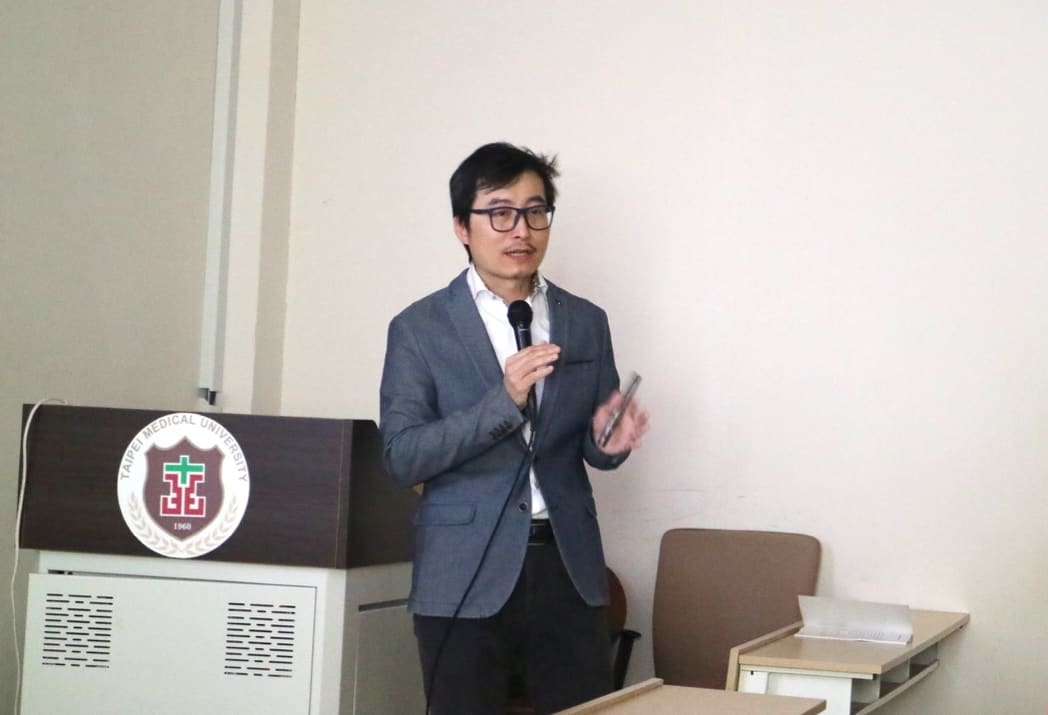

Do you know edentulism can cause headache or neck pain and shoulder pain? Edentulism is a common but frequently overlooked dental condition. Many people neglect the importance of oral hygiene when they are young, leading to tooth decay and periodontal diseases. The problem of edentulism deteriorates due to aging and degeneration.
According to Stephen Chang, founder of TAAO (Taiwan Association of Aligner Orthodontists) and Dean of Dr. Rabbit, edentulism not only affects facial appearance and destroys the balance in the oral cavity but also causes headache and neck/shoulder pain.
Good chewing ability can stimulate and vitalize cranial nerves. BMC Psychiatry’s research points out the chance of dementia caused by edentulism is more than 50% because edentulism will damage chewing ability and thus reduce stimulation to cranial nerves. However, Stephen Chang warns that edentulous patients should not undergo dental implant surgery recklessly. Instead, they should have doctors examine their alveolar bones and occlusion before receiving any treatments.
First step of dental implants: enhance the strength of alveolar bone
“Dental implant treatment is like building houses and alveolar bone is the most important foundation,” says Stephen Chang. Long-term edentulous patients tend to suffer from alveolar ridge atrophy due to the lack of stimulation through activities such as chewing and biting. Stephen Chang suggests patients undergo computed tomography scans to assess the conditions of their jaw bones and strengthen their jaw bones through bone grafting before getting dental implants. This approach can consolidate the foundation for dental implants.
Traditionally, using a dental bridge requires the removal of an amount of enamel from the front and back of the patient’s teeth before installing a fixed denture. Unlike dental bridges which are placed over the teeth, dental implants can continue to provide the necessary stimulation to the tooth root and prevent bone atrophy.
Second step of dental implants: examine occlusion
Stephen Chang says optimal occlusion will not be achieved if the teeth are not straightened before dental implants. Therefore, patients are advised to undertake Invisalign treatment first. “Orthodontic treatments not only restore the occlusion but also reduce the number of teeth replaced with implants,” said Stephen Chang.

Having performed thousands of procedures for patients using Invisalign, Stephan Chang recalled a patient, initially needing three or four teeth replaced, ended up with only one tooth replaced, after using Invisalgin to move the wisdom teeth to replace other missing teeth. The patient’s teeth also became straighter and healthier.
While Invisalgin can reduce the number of teeth replaced with implants, Stephen Chang stresses that successful outcomes rely on the doctor’s expertise and experience in orthodontics as well as the patient’s collaboration.
Stephen Chang also suggests people interested in dental implants seek professional help from doctors with a good reputation and choose implants that have been studied in case reports for more than ten years to protect their oral health. Patients attempting to save money by using cheap implants are likely to suffer severe consequences such as implant fracture and jawbone atrophy.
Related post: Stephen Chang: Invisalign is the Best Investment You Can Make in Yourself!


